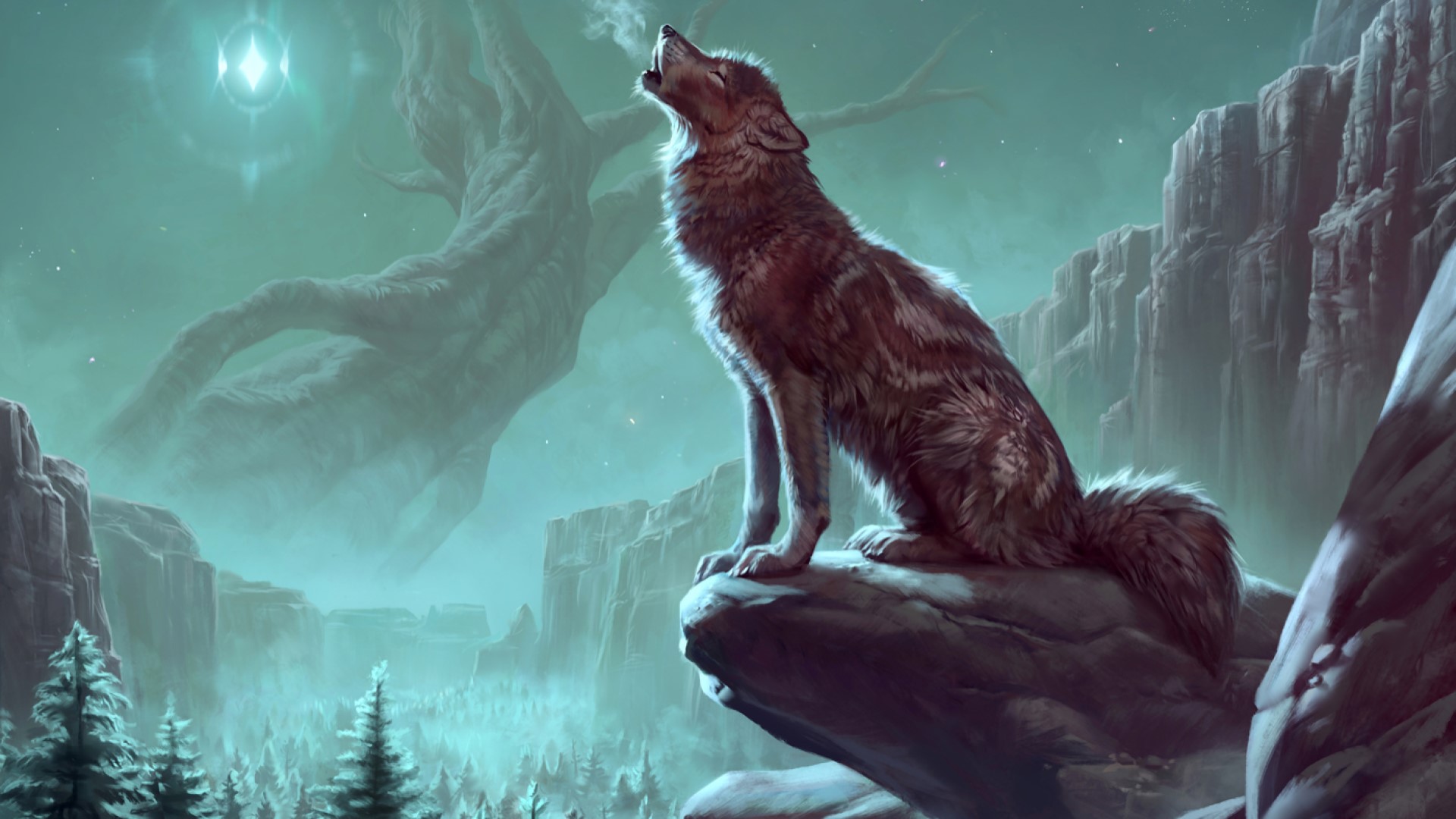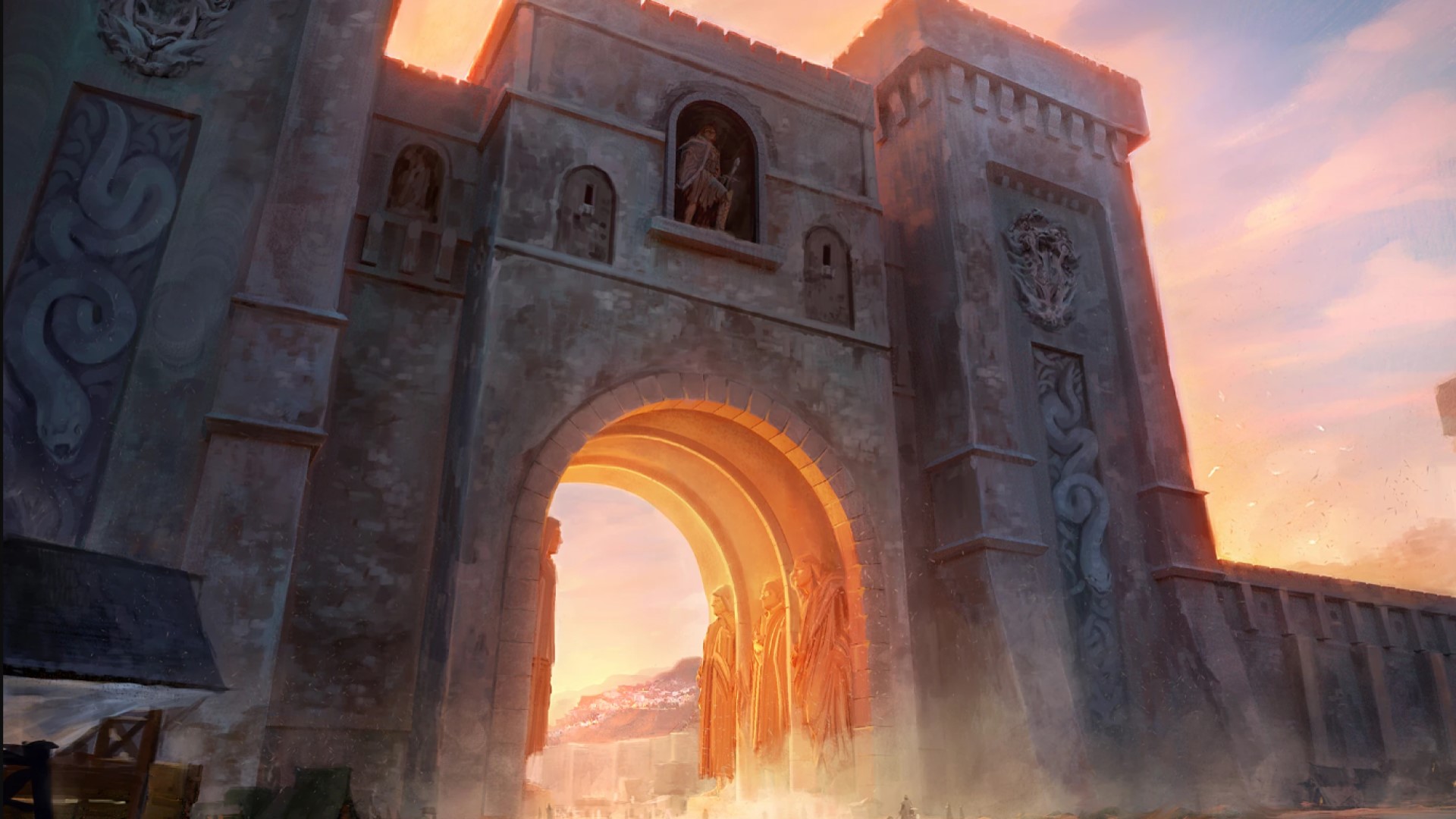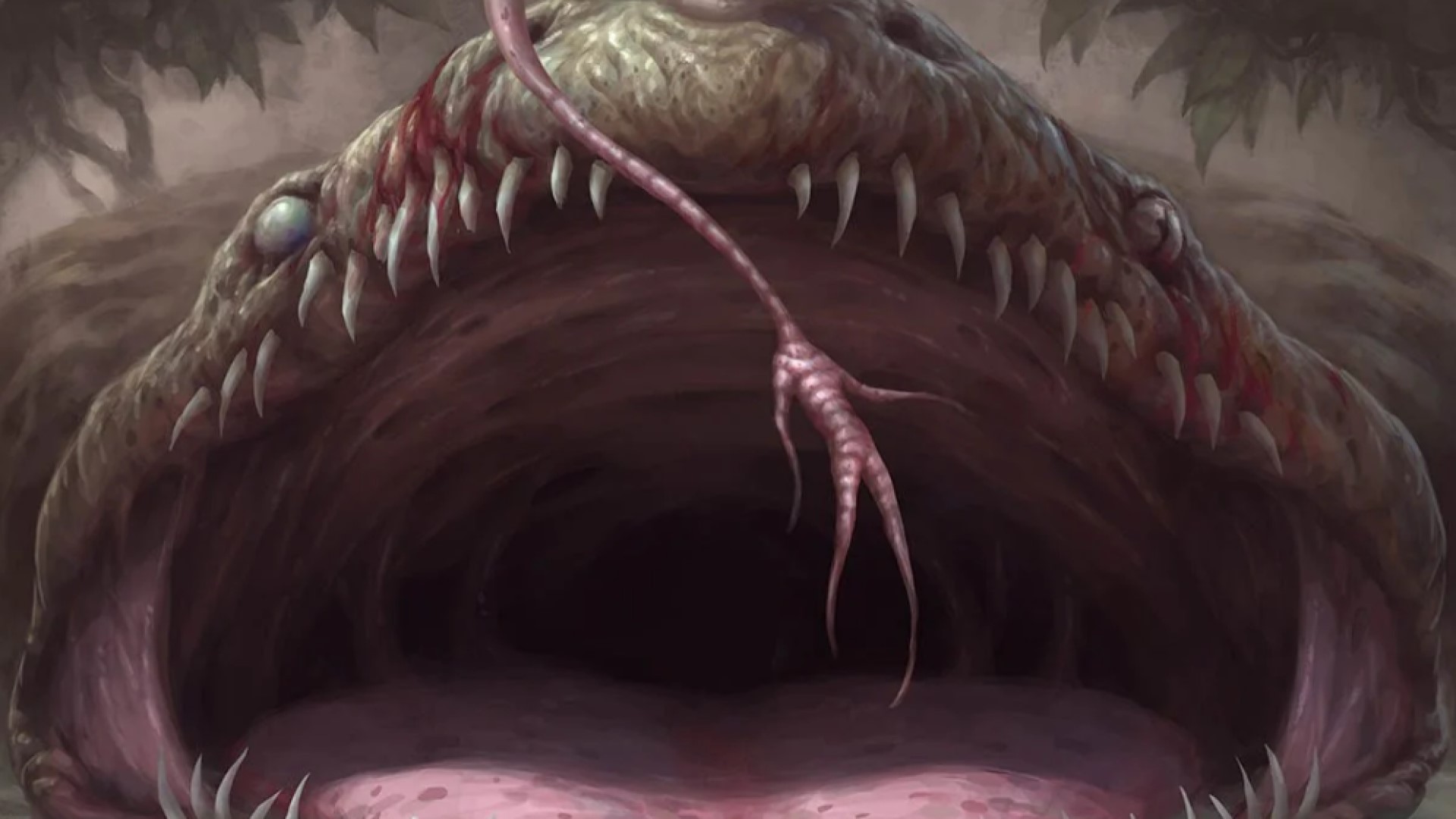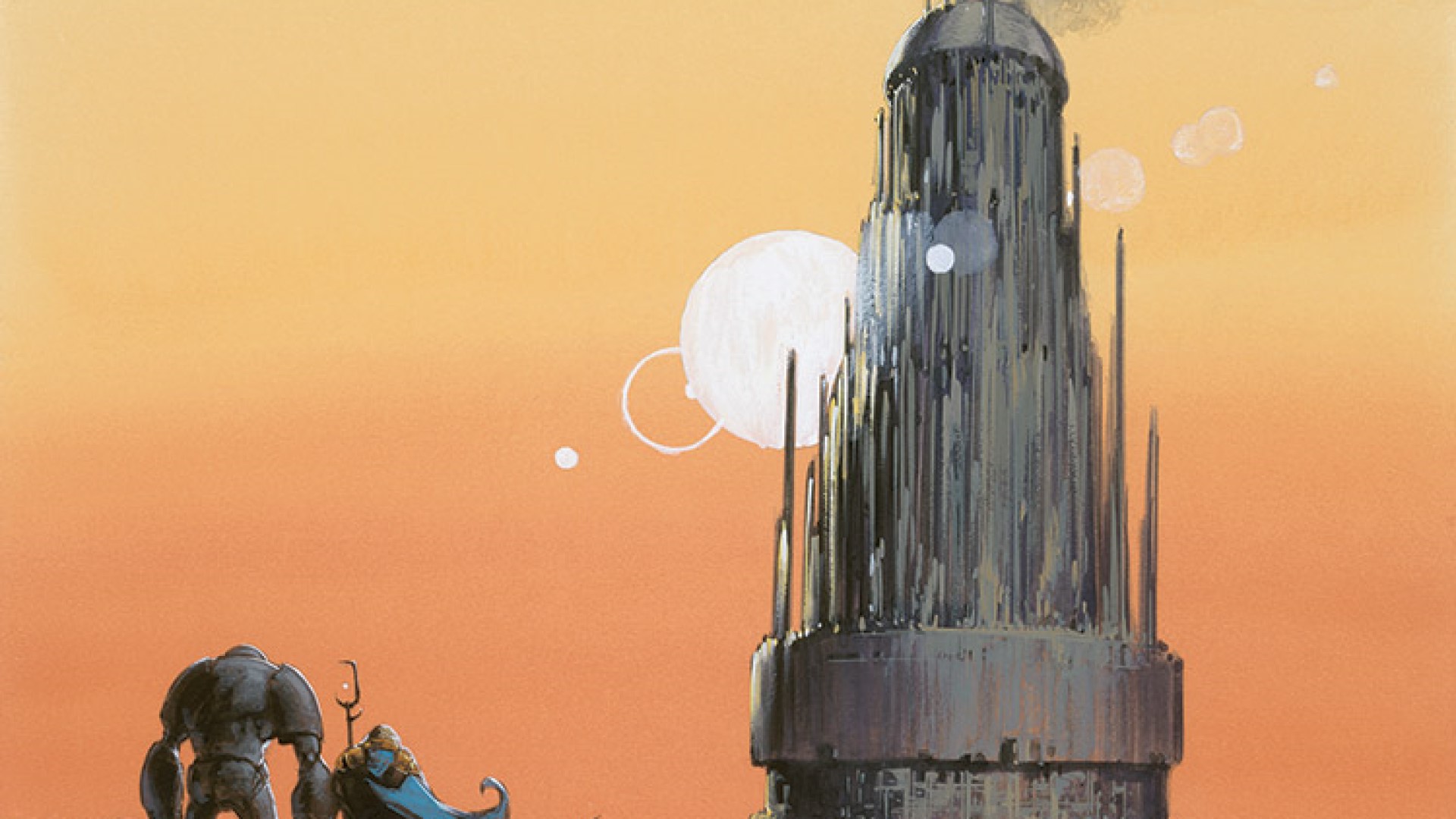There are loads of fantastic MTG Pauper decks, because Pauper, the format where only common cards are permitted, has one of the most diverse metas in Magic: The Gathering. When the power level can’t run out of control and people can afford to buy more than one or two new decks a year, it’s no shocker that the result is a ton of experimentation. That said, there are a few Pauper deck archetypes out there that are just plain better than the rest.
Here we’ll examine the best decks in MTG Pauper, but we also have handy guides to help you with other formats. Check out our guide to the best MTG Arena decks if you’re sweet on the Standard format. Or if you want greater EDH expertise, why not take one of the best MTG commanders for a spin? Finally, if you want to know which cards are banned in Pauper, here’s our guide to every MTG banlist. Now let’s check out some decks.
The best MTG Pauper decks are:
Kuldotha Red
A variant of Mono Red Burn, Kuldotha decks rely on zappy red spells like Lightning Bolt to blast away at blockers, while attackers like Monastery Swiftspear pile on loads of early pressure. Then once the end is in sight, you point your electrifying instants at your opponent’s face. And that’s game.
Kuldotha Rebirth is a key facet of the deck, turning cheap artifacts like Experimental Synthesizer into a heap of goblins, while also helping you to exploit them for card draw. This is the most aggro of aggro Pauper decks, but Kuldotha helps give it some additional staying power, shifting the focus more towards battlefield control.
Affinity
A big fan of gadgets, gizmos, and metal men? Then Affinity is the MTG Pauper deck for you. Affinity decks make use of loads of cheap (or free) artifacts for everything from card draw to fixing. They’re named after the affinity for artifacts ability, which lets you get your really big beaters down super quickly.
Affinity decks have two basic routes to victory. They can zap you by sacrificing their artifacts through an outlet like Makeshift Munitions, or hit you in the face with an affinity critter like Myr Enforcer.
A landbase consisting entirely of artifact lands massively helps to up that artifact count, and the Grixis MTG color combination provides plenty of card draw and removal. Like many Pauper decks, this strategy is extremely open – there’s all sorts of ways you can go with it, from a slow grindy build to a low-to-the-ground aggro deck.
Boros Synthesizer
Boros Synthesizer is a deck built around the one of the most powerful card draw engines in Pauper (at least in red). It uses cards like Glint Hawk to keep popping Experimental Synthesizer back into your hand, taking you on a trip to value town. That’ll keep you flush with burn spells that can blot out the sun. There’s also a fair bit of artifact sacrifice shenanigans going on in this build, and lots more artifacts with ETB effects, like Ichor Wellspring and the new Lembas from MTG Lord of the Rings.
Gruul Ponza
A land destruction deck that leaves your opponent starved for resources while you ramp into scary monsters, Gruul Ponza decks can struggle against aggressive plays, but they do great when up against midrange or controlling builds. They can work great in the Pauper format, where enchanting lands is a popular way of ramping, and the bounce MTG lands like Boros Garrison are legal.
The main danger for this deck is that you need the right cards at the right time. Early on, land destruction and ramp is crucial – but late game they become dead draws. The opposite is sort of true for your creatures. Nonetheless, this deck can win games in a way that leaves opponents frustrated and unable to act.
Caw-Gates
A fairly new MTG Pauper deck, the key card for Caw-Gates comes from Commander Legends Battle for Baldur’s Gate. It’s Basilisk Gate, a sneaky card that can turn any creature into a big threat.
The gameplan, then, is to use tiny, evasive, hard to remove creatures such as Squadron Hawk or Guardian of the Guildpact and chip in for damage, boosting them up with Basilisk Gate once you’ve got a good collection of other gates on the field.
You need time to build up that all-important land base, so this deck is a bit of a slow, controlling build, relying on counterspells and a splash of removal to survive until you can start to take over the game. Luckily, you’re able to handily deal with aggro thanks to Sacred Cat and the MTG Lifelink keyword.
Dimir Terror
This MTG Pauper deck is all about playing as many spells as possible. A variant of UB Control, it showcases the key abilities of its colors, with a massive amount of counterspells, card draw, and kill spells. Once your yard is nice and full, you’ll be able to play the deck’s namesake, Tolarian Terror, nice and cheap. You’ve also got a classic delve card Gurmag Angler, in the deck – essentially giving you eight 5-mana 5/5s – what’s not to like about that?
Tron
The Urza ‘Tron’ land cycle: Urza’s Tower, Urza’s Power Plant, and Urza’s Mine is not quite as devastating in Pauper as it is in MTG Modern, simply because in common the payoffs are less terrifying. Still, this combination of lands provides you with such a mana advantage that you can simply overwhelm your opponent, playing cards at a fearsome rate.
Playing Pauper Tron, the large part of your deck will need to be colorless, to make use of all that free mana. You can do pretty much whatever you like with the rest of it, meaning this is a Pauper archetype with some of the most varied decklists of the lot – at least when it comes to mana colors. The banning of Bonder’s Ornament in early 2022 really hurt the deck, but there are still some devotees. Rest assured, Tron will rise again sooner or later.







